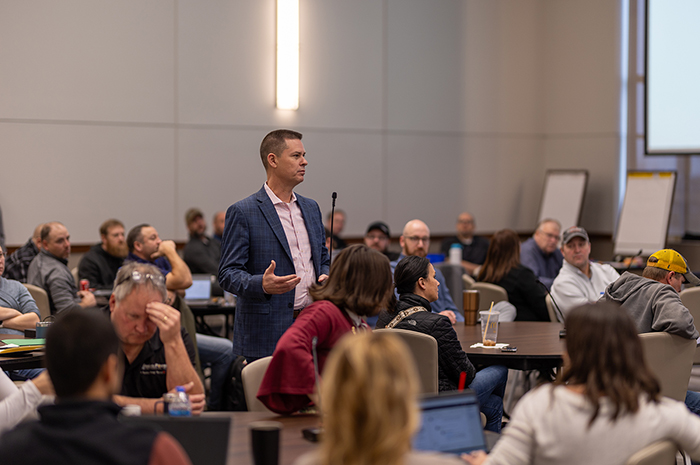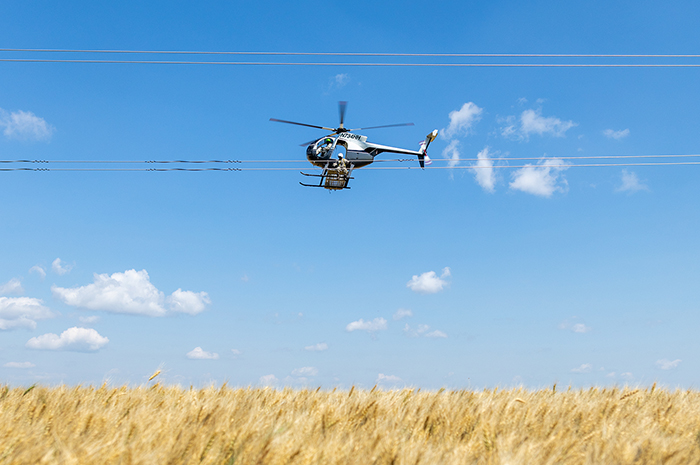Minnesota adopts carbon-free mandate
The new law is raising concerns about grid reliability and affordability in cooperative country.
Minnesota has adopted a mandate that requires 100% carbon-free electricity in the state by 2040. The rule, signed into law on Feb. 7, sets an aggressive timeline that creates the potential for electric grid reliability and affordability issues that would be extraordinarily difficult to reverse.
Under the mandate, the Minnkota Power Cooperative members and Northern Municipal Power Agency (NMPA) participants in Minnesota will be required to reach the following targets:
• 60% carbon-free energy by 2030
• 90% carbon-free energy by 2035
• 100% carbon-free energy by 2040
• Additionally, 55% of the electricity used in the state must come from wind, solar or hydro by 2030.
While the Minnkota-NMPA Joint System supports efforts to decarbonize the electric sector, the transition must be completed in a safe and responsible manner. Unfortunately, this mandate accelerates the transformation of the electric grid in a way that may create long-term instability. That’s something Minnesotans can’t afford. They need reliable electricity to keep homes, farms, schools, hospitals and businesses operating whether it’s a 110-degree summer day or a 40-below-zero winter night.
Minnesota is not immune to the rolling blackouts and energy emergencies that have taken place in other parts of the country, like Texas and California. Grid regulators, including the North American Electric Reliability Corporation (NERC), anticipate significant electricity shortfalls over the next 10 years as coal, nuclear and natural gas generation retire faster than adequate replacement resources are connected.
Building infrastructure to accommodate this massive grid transformation will come with a cost. In a cooperative structure, the only way to pay for these items is through the rates charged to members. The timelines for compliance will require utilities to make costly investment and infrastructure decisions in the near future – at a time when inflation and supply chain challenges are still looming.
Already a clean energy leader
Minnkota is already on a path toward a commonsense clean energy transition. The cooperative has even been recognized by the U.S. Department of Energy as a leader in wind energy development. Approximately 42% of the power generation capacity provided to the Minnkota members in Minnesota and North Dakota is generated by carbon-free resources, including wind (34%) and hydro (8%).
Minnkota is also evaluating Project Tundra, which would equip a reliable North Dakota power plant with one of the largest carbon capture systems in the world. If the project moves forward (a decision is anticipated within the next year), Minnkota would be one of the fastest decarbonizing utilities in the U.S. Both carbon capture and nuclear energy are expected to qualify under Minnesota’s carbon-free requirements.
As society looks to advance electric vehicles and electrify many other parts of the economy, it will need a reliable, affordable electric grid. This will require an all-of-the-above energy strategy that embraces all electric generation sources to meet the demand.
Perhaps the most important component of a successful energy transition is time. Developing new technology that is sustainable and reliable takes time. Building and updating transmission lines to transport energy takes time. Transitioning to new energy generation resources without jeopardizing the reliability of the grid will take time. Sudden, extreme change to our energy systems without proper planning has the potential for severe consequences.
Minnkota will continue to work closely with its members to maintain reliable, affordable and sustainable electricity – now and in the future.
MAIN IMAGE: WInd turbines at sunset in western North Dakota (Minnkota/Michael Hoeft)
...



